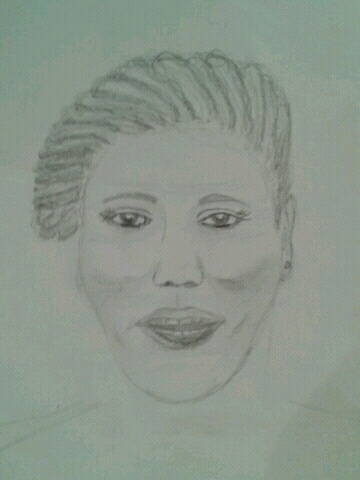
So, onwards and upwards. Today I worked to commit to drawing the actual deconstruction works of Autumn in Switzerland itself, I have previously thought of the scene being exactly that...
A trace drawing in a minimal way helped the process for me to engineer and create a possible model. This provided me with a conceptual scene...
A Scene, just as a theatrical staged presentation, and so, what would be behind the frame? (As declared by Derrida)....
"What is one the outside of the picture" has been a typical conversation that I've engaged with the tutors. I thought I would take this a step further and ask what is actually behind the scene.
My imagination has been suitably stimulated to think of the real scene being replaced by a film set scene of Autumn inSwitzerland, hence something like this....
The empty cardboard boxes have some Derrida-esk type "undecideable" statements on them for the viewer to read.
I have also reversed the perspective of actuality, for artistic amusement. In this diegesis, the foreground items, imagined behind the foreground items of the aesthetic scene of Autumn in Switzerland, would actually be behind the background (i.e. scafolding) of the background mountains, which would be in reality be in the foreground... Is that clear? I love this confounded sense of perspective and it is a mischevious deconstruction of reflection, in reflection....

Another pause and redirection based on my in intial thoughts happened, and taking the initial ideas of expanding the scene to the centre left mid-ground of the two young people and the small dog on the track painted within the original. My draft idea from a few weeks ago was to expand this scene itself, to contemporise it, but overall, from a distance it would remain very similar to the original. However, when zoomed in, the actual story / narrative of the new painting, in a completely enlarged scale, would have a very different outcome from the rest of the existing scene. I have called this new sub-deconstruction piece, "The Great Outdoors", which connects to the original nicely, but the viewer can decide for themselves what is actually going on.

--------------------------------------------------
On the extreme right of the painting, in the mid / foreground, the closest bank with trees has a very small addition to it. Again, the view can decide for themselves what is happening.
A lorry backing up

And dumping

-----------------------------
The small typically Alpine buildings to the lower centre, mid-ground of the painting are as I have articulated in a previous blog and a couple of sketch examples are as shown below.
I have decided after much consideration, not to complete these sub-plot sketches in as much full detail as perhaps I may have initially desired. The reason being that I feel that I'm getting a little lost in the craftsmanship of completing an item, rather than putting my creative efforts into generating the new ideas themselves. This is very much based on the reflection of the conversation with Dr T. on Wednesday when I think a remarkable sentence came forward, which I think encapsulates contemporary art practice within an academic environment. It was ...
"[at University] ...It is all about becoming a better Artist, not about becoming a better 'Artisan'"
Of course, Dr T. is right again. If one was to explore the works of many successful contemporary artists of our present day, these individuals do not actually create the art objects themselves, but the idea and overall design of the objects. Someone else then actually 'produces' the works, regardless of whether it is a painting, a sculpture or other item. An example cited would be perhaps Damien Hirst, - (
http://www.damienhirst.com) he has literally 10s or even 100s of production artisans working for him, (depending on what the piece is), with many different stages of art object production going on at any particular time. The art practice therefore is more like a business, or factory type production workshop / or studio. Another example Dr T. mentioned would be Jeff Coon's "Art Factory"... (See The Tateshots, - Tate Gallery videos, -
http://www.tate.org.uk/context-comment/video/studio-jeff-koons ).
The concept of an Art Factory interests me. There is structure to creating not only the 'business' but also the 'what' to produce is equally engaging. It has been quite an eye-opener for me after the conversation we had on Wednesday, especially as Jill T. has helped me reach quite an epiphany on this concept.




























